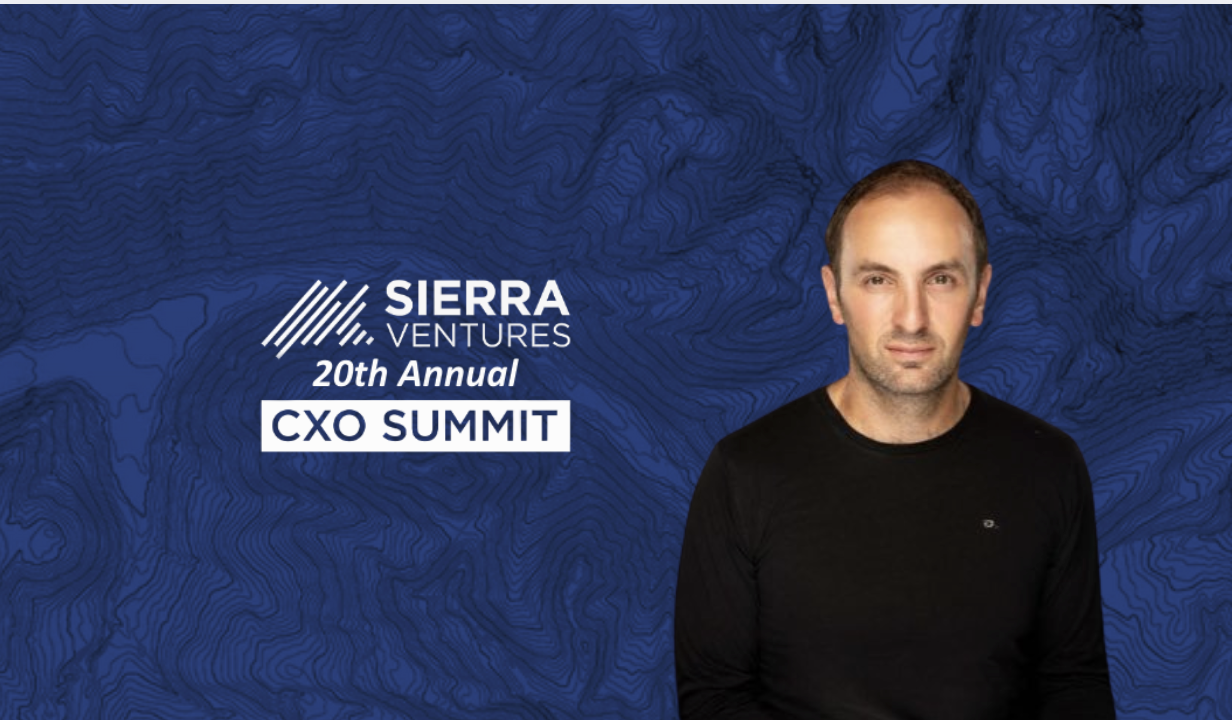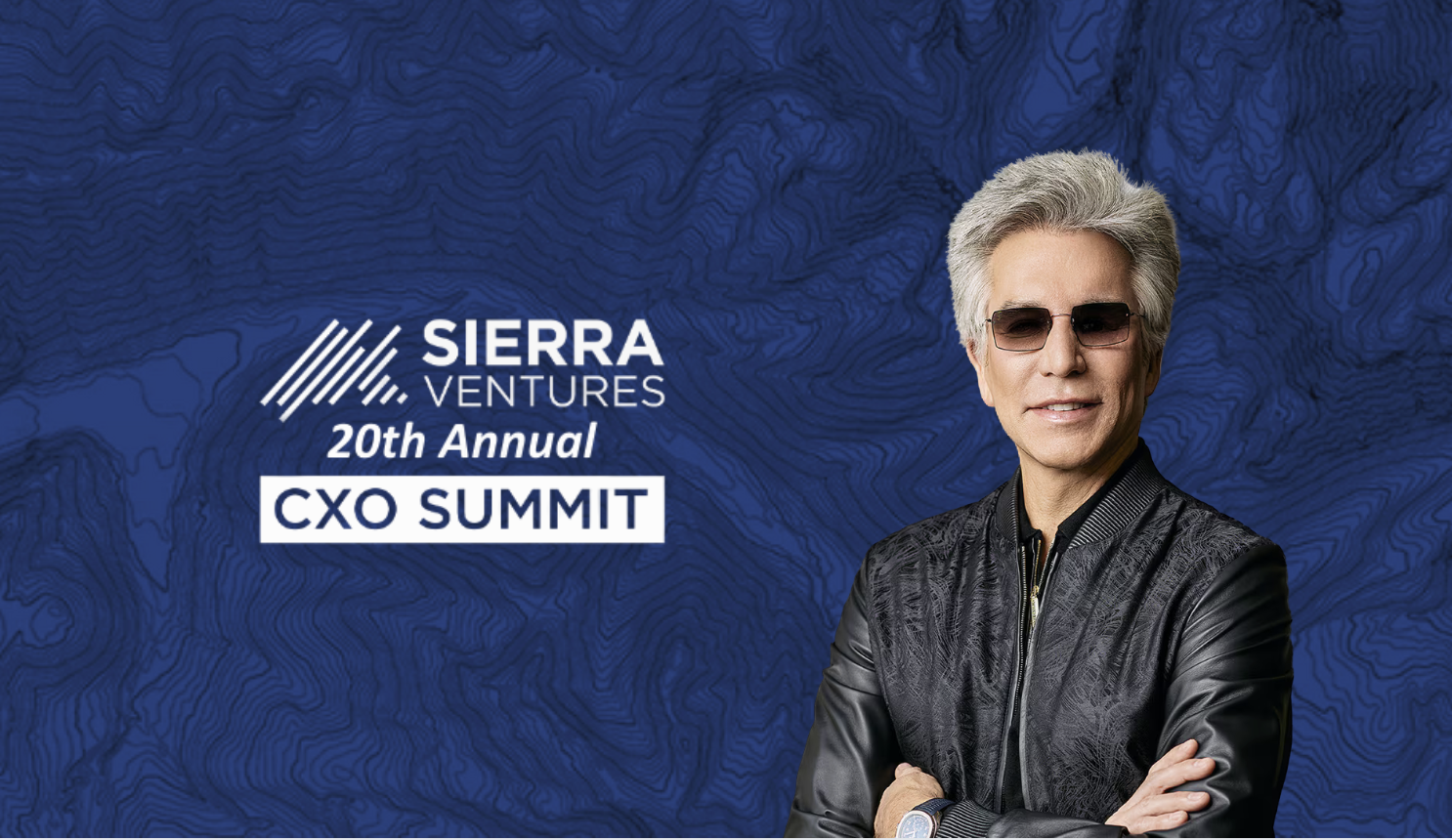Ryan Roslansky, CEO of LinkedIn and EVP of Microsoft

At the Sierra Ventures 20th Annual CXO Summit, Sierra Managing Partner Mark Fernandes sat down with Ryan Roslansky, CEO of LinkedIn and EVP at Microsoft, to explore how AI is reshaping the modern workforce and what it means to lead through disruption. Drawing on his experience leading LinkedIn and contributing to Microsoft’s broader AI strategy, Roslansky shared how companies can guide people and culture through the uncertainty of technological transformation.
The Messy Middle
Every major technological shift creates a period of transition before progress becomes visible. Roslansky called this the “messy middle,” when roles evolve, skills must be redefined, and uncertainty peaks. In these moments, culture becomes the anchor.
“Culture is the collective personality of your organization. It is who you are and who you aspire to be.”
He noted that many companies are still defining how to position AI internally. When the message focuses on replacing people, adoption stalls; when it centers on enabling people to do their best work, innovation follows. Leadership in the messy middle, he said, depends on being intentional about values, clarity, and transparency.
Empathy’s New Role in an AI World
Roslansky described a new kind of literacy emerging in the workforce. Technical fluency alone will not define success. The most effective professionals will be those who can navigate a world powered by AI while staying deeply human.
“Use every tool. Even if you do not like it, try it and learn from it. But do not forget the human side: empathy, collaboration, curiosity. That is what will differentiate great people in an AI world.”
He encouraged leaders to build environments where learning is constant and experimentation is rewarded. The next generation of talent will thrive by pairing AI mastery with emotional intelligence and communication.
The Best Ideas Rise From the Bottom
LinkedIn’s approach to AI adoption is intentionally decentralized. Rather than imposing tools from the top, the company empowers teams across departments to experiment, share outcomes, and teach one another.
When adoption starts from the bottom up, curiosity spreads faster than compliance. Leaders who cultivate this kind of culture will see AI capability compound across their organizations.
Leading People Through the Great AI Shift
Roslansky emphasized that companies have a broader role to play in helping workers navigate transformation. LinkedIn’s Economic Graph, which maps 1.2 billion professionals, 60 million companies, and 20 million active jobs, provides real-time insights into where skills are growing or becoming obsolete.
“If your job is made up of tasks that can be automated, you need to learn new skills. We can show you which ones and where they will take you next.”
He framed reskilling not just as an HR initiative but as a core leadership responsibility. Helping people evolve their capabilities will determine how businesses sustain performance in the AI era.
Meet Us Where We Work
“The magic happens when AI meets people where they already work.”
Roslansky highlighted that the most meaningful gains come when AI operates seamlessly within the tools and workflows people already use. The goal is not to add another platform, but to remove friction so employees can focus on decisions, not data.


